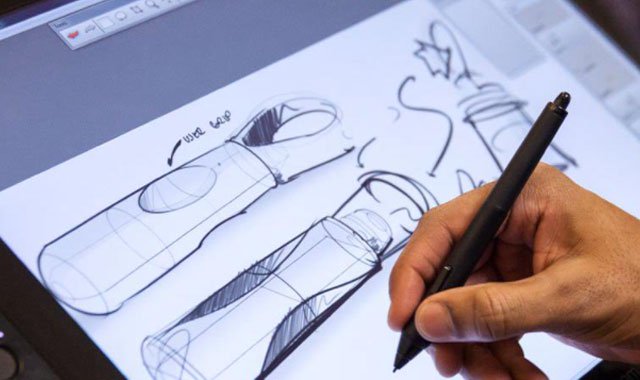TOP 5 Design Tips for Medical Products
With advances in medical technology such as personal analytics, we are experiencing a new shift in how healthcare is delivered. The devices that are used in medicine and healthcare must meet the highest standards of performance and reliability. Alongside the standard design goals that apply to product design, these must satisfy human emotional and aesthetic requirements as well.

Here are the top five design principles that help in designing medical products that pave a guideline for safer and healthy working environment not only those working with the equipment but also those getting treated.
1. Make it easy to clean
Depending on the usage area medical products may be exposed to bodily fluids, alcohols, acids and reagents, as well as biological organisms like viruses and bacteria. Therefore any product which is being designed to be used in such environment must be in a way to be easily cleaned and this necessity will affect the product’s design. The products meant for making via plastic injection molding will have housings and enclosures separated by minor gaps. If these are unavoidable some mitigating strategies should be considered. The actual sealed gap should be impervious, although seams can be covered with overlapping features or false covers if necessary. Depending on the environment where the product will be exposed gaps should be accessible for wipe down. We need to be conscious of the ribs, recesses, tight radiuses, pockets and other features that are hard to access for cleaning. Sharp internal right angles should be avoided and re-designed with larger and more gradual curvatures which make it more accessible. The surfaces should have a smooth texture and a non-porous surface for ease of cleaning. Any internal mechanisms must be carefully sealed against contamination.
2. Make it easy to hold
The equipment used in hospitals or clinical environment will rarely have any rough or abrasive texture. Most of the products which are hand held or require humans to operate them are designed and fabricated in such a way that they fit the contours of human hand while providing good tactile feedback without needing a tight grip. Matte or softly sanded textures serve this function well.
3. Make it easy to see
The equipment that is used should be of good ambience having light blue to give light fluorescence. The colors tend to diffuse and absorb incidental light. Areas like Doctor’s offices or hospital rooms should not have high reflective metal surfaces hence glossy finish is never used and most of the surfaces are sand blasted or etched. All of these design choices help to support a visual environment providing soothing atmosphere without sharp highlights, strong contrasts, reflections or glare that can be both physically and emotionally soothing in potentially stressful situations.
4. Keep it simple
Medical products are used by all kinds of people and of all ages hence the design should be simple and easy to hold and operate and the intended use should be communicable without any instruction. Choosing the right shape is important here that is more ergonomic and user-friendly. Complication needs to be avoided so that common mishandling is avoided. Features like buttons can be made larger and single functional and emergency features should be accessible so that it can be used quickly.
5. Use color intelligently
Color can be used to warn, indicate and guide the user about what to expect or how to operate the device. Red or yellow can be used to differentiate risk areas from those of safe ones like green or blue. Variation of color can also be used for priority indication of one over another. Elegant colors can be used for devices that stimulate fitness and activity.